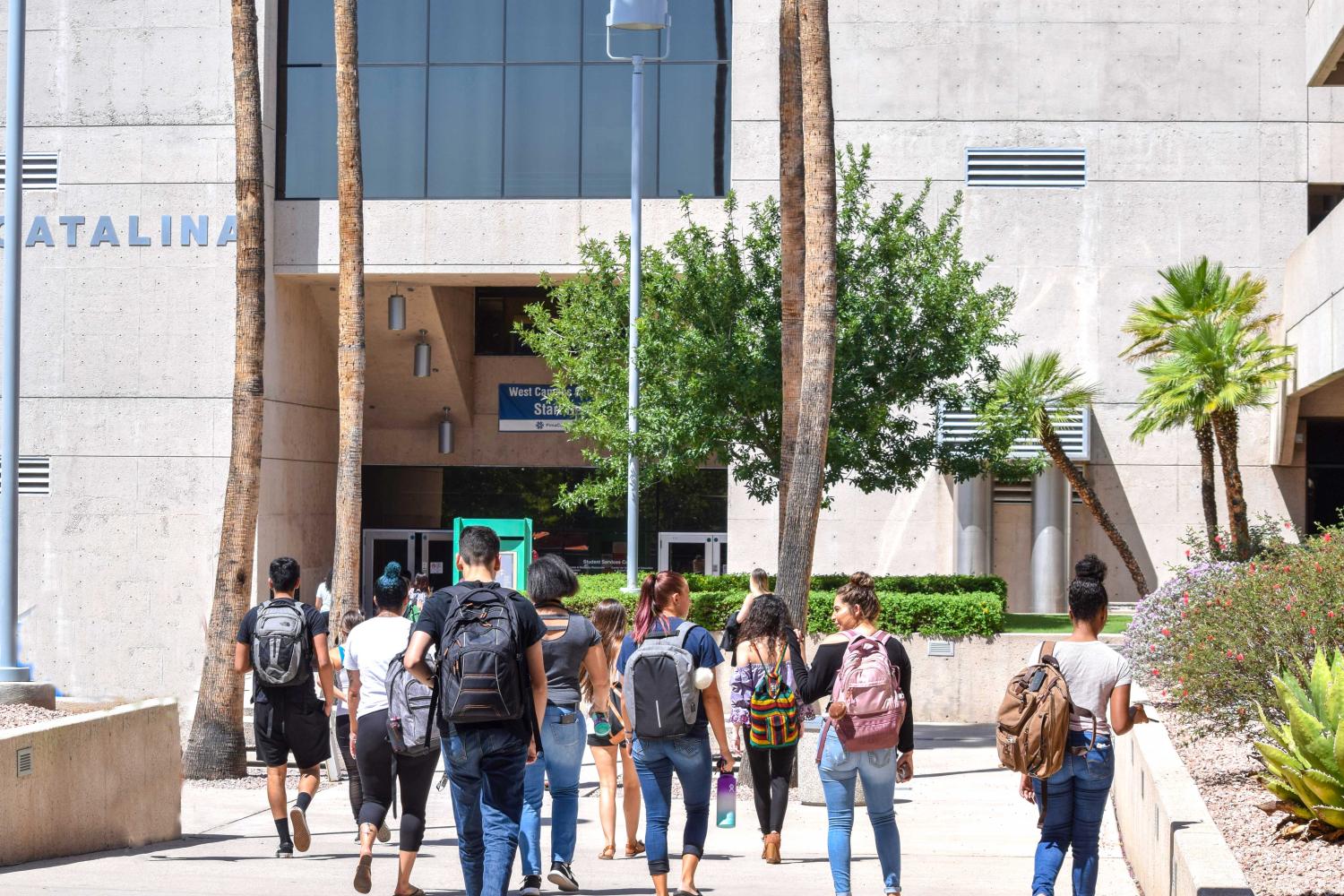Having passed a budget that funds free tuition for low-income community college students—subject to final negotiations this month—Congress turns next to legislation setting out details. This begins with Part F of the bill, America’s College Promise, which is now before the House Committee on Education and Labor.
In a nutshell, the America’s College Promise Act (ACPA) makes public community college tuition and fees free for low-income students by having the federal and state governments pick up the tab; the feds pick up the tab in the first year and then gradually moves the state share to 20%. (The Senate may wish to spend more than the House, which will lead to negotiations over the next month or so.) Somewhat over 5 million students attend public community colleges, and the hope is that the ACPA will increase that number while simultaneously reducing student debt. This is a more moderate proposal than what was outlined in Biden’s election platform, which would have provided support for four-year college students as well. The benefit of such moderation is that this bill will cost taxpayers less.
As written, the ACPA would deliver on its goal of helping low-income students afford community college. What’s more, it is clear to me that much attention was paid to details of drafting. Nonetheless, there is one major pitfall and several other smaller—but also important—issues to address.
“Soft” price controls
The first and biggest pitfall is that the ACPA imposes “soft” price controls on tuition. Essentially, tuition increases will more or less track inflation, averaging just a little less than the CPI inflation rate. (Technically, increases are held to the lesser of 3% or the inflation rate.)
In general, price controls fall under the category of a very bad idea. However, one can understand the concern behind the legislation. Since customers (i.e., students and their families) don’t pick up the tab, community colleges might be tempted to let tuition skyrocket. Something is needed to prevent wild tuition increases.
The simplest solution would be to require tuition for students covered by the program to be no higher than in-state tuition for noncovered students—something that is missing from the current legislation. Presumably community colleges and state legislators won’t want to price noncovered students out of attending.
The real problem with the limit in the proposed bill is that the cost of community college services is likely to increase for reasons not under the control of the colleges, and tuition ought to rise along with costs. The big expense for community colleges is hiring people. Most community college instructors have graduate degrees and much of the remaining staff will have at least a bachelor’s degree. The cost of highly educated labor rises faster than the inflation rate (economists call this “Baumol’s disease”), so overall costs understandably rise faster than inflation. In fact, the rate of community college tuition has long been rising somewhat faster than the rate of inflation even in the absence of federally sponsored free tuition. The following figure illustrates the issue.
The green line shows what would have happened to inflation-adjusted community college tuition if the ACPA had been in effect over the last 20 years. In real terms, tuition would have fallen about 2%; that’s not what happened, of course. The light blue line shows what actually happened to community college tuition in inflation-adjusted terms. On average, tuition rose about 2.7% faster than inflation. Another way to say that is if the ACPA had been in effect for the past two decades, community colleges would be trying to survive on tuition 40% lower than what they currently get. I doubt that’s really the intent of the bill’s advocates.
Some smaller, but still important, issues
If price controls will be a little problematic in a few years and a lot more problematic further down the road, there is a second “gotcha” that will be disastrous right away, but only for a small number of students. The ACPA defines “low-income students” as those who meet the financial eligibility criteria for a Pell Grant. In and of itself, that’s a good idea, as it ties free tuition to standard federal eligibility for education grants. The problem that will badly affect a small number of students is the following: If family income is just below the Pell Grant limit, the student gets a free ride; if family income then rises a few dollars and goes above the limit, the student gets nothing at all—neither from Pell Grants nor from tuition support. In order to avoid this knife-edge issue, most subsidy programs, including the Pell Grant program, have benefit phase-out provisions. A phase-out provision ought to be in the ACPA too.
Another issue is the size of the tuition subsidy itself. Unlike some earlier “free tuition” bills, the current version bases the subsidy level on the median cost of community tuition across all states—not on a state’s own historical tuition levels. On the one hand, this introduces a desirable element of cross-state fairness. On the other hand, it’s not quite clear who will pick up the tab to make tuition fully free in the states with above-average tuition. Presumably, high-tuition states will have to make up the difference. That’s a win for states that have historically kept community college tuition low, such as California, New Mexico, and Arizona, but will pose challenges in high-tuition states like Vermont and New Hampshire.
The question of what happens to out-of-state students is another issue. As written, only students eligible for in-state tuition get to participate. That entirely leaves out students who have reason to attend an out-of-state community college, not to mention what happens to students who live in a state that decides not to participate. One simple fix: Such students get the federal subsidy of in-state tuition, but remain personally responsible for the balance.
One thoughtful provision of the bill has the federal government pick up a larger share for states in which unemployment is unusually high, essentially during recessions. Another good aspect is that the legislation prevents states from cutting back on existing support when they begin to subsidize tuition, what’s called a “maintenance of effort” requirement. However, state contributions other than the state’s share of tuition support are not required to rise with inflation. That’s not an immediate problem, but down the road, as inflation erodes the real value of the existing level of contributions, states could slowly provide less maintenance of effort over time.
It’s worth noting here that tuition makes up only about 15% of revenue for community colleges, so state contributions are also very important. During the Great Recession, state contributions were cut. Part of the increase in tuition seen in the figure above is doubtless due to community colleges trying to make up for the losses in state support. The maintenance of effort requirement should prevent a repeat of this kind of sudden financial shock, even if it fails to control gradual losses due to inflation erosion.
Two final issues are based on ideas that sound good, but are probably best left to states to iron out specifics. The first issue here is how community college credit transfers to public four-year schools. The ACPA requires states to improve transfer pathways—that’s a good thing. But it also requires that an associate degree receive two-year’s credit at public four-year schools. While that sounds good, the fact is that courses at community colleges and four-year schools are not always the same—even if the courses have the same name. And they shouldn’t always be the same. Community colleges and four-year schools have different student bodies with different needs. Community colleges do—as they should—teach courses that wouldn’t receive academic credit at many four-year schools. As a quick example, my local community college offers a course on coding medical records called “Oncology Coding and Staging Systems.” Someone has looked at the course content and decided credits should be transferable to California State University colleges, but not to University of California colleges—different schools, different needs. Since colleges and college classes are not one size fits all: improving pathways, yes; mandating transfer credit, better to not.
Finally, states will be required to arrange that anyone receiving a “regular” high school diploma will be eligible to start community college. De facto, this is probably already the case for most community colleges. Are we sure, though, that we don’t want to make provision for non-academically oriented students to earn a high school diploma without taking the courses needed to start college? And why is nothing said about students earning a GED? In other words, detailing the requirements for community college entrance requires flexibility, and it is best left to the states.
The issues raised above are more than mere quibbles, but the drafters of the bill have given careful thought to many, many details. Imperfections in the proposed legislation should not detract from the power of the idea of free community college tuition.
The Brookings Institution is committed to quality, independence, and impact.
We are supported by a diverse array of funders. In line with our values and policies, each Brookings publication represents the sole views of its author(s).







